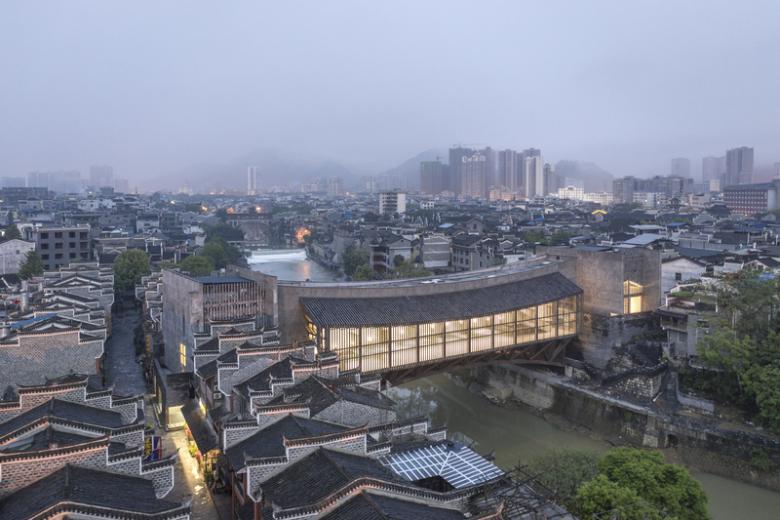Building in China: A Century of Dialogues on Modern Architecture
Since the 1920s, the undergraduate and graduate architecture programs at Penn have attracted Chinese students who went on to highly influential careers, beginning with Liang Sicheng (1901-1972), Yang Tingbao (1901-1982), Tong Jun (1900-1983), and Lin Huiyin (1904-1955). After returning to China, they founded the country’s first modern firms and educational institutions, devoted themselves to the rediscovery and conservation of Chinese architectural heritages, and introduced many Western design practices in China. Their works grew from the Beaux-Arts tradition but incorporated a Chinese architectural vocabulary, and they sowed the seeds of Modernism in China. The dialogue between the East and the West is alive in contemporary Chinese architecture, and can be seen in the interplay between the pursuit of modernity and the search for national identity. In the 21st century, a rising generation of independent architects, in practice and in education, is actively seeking alternative languages to express Chinese characteristics against the backdrop of the country’s rapid urbanization and massive building projects. In a range of projects and styles, they use design as a tool for cultural critique.
Building in China investigates significant moments in the continuing architectural dialogue between China and the West, between different generations of architects, and among contemporary designers in China. The first part of the exhibition, presented at Penn’s Architectural Archives, focuses on historical representation, and features a series of buildings designed by the first generation of Chinese architects trained at Penn, many of which remain unpublished. They illustrate the architects’ responses to the international modern movement in the first half of the 20th century as well as the ways they intervened in the growing Chinese cities. The second part of the exhibition, on view at Penn’s Fisher Fine Arts Library, includes six projects by architect-educators Yung Ho Chang, co-founder of Atelier FCJZ, and Shu Wang, co-founder at Amateur Architecture Studio, which are emblematic of contemporary Chinese architectural practices. These artists’ studios, museums, college campus, and village revitalization demonstrate their attempts at incorporating and balancing modernity and locality on the small, medium, and large scales, and reflects the architects’ ideals for contemporary Chinese urban and rural societies.

Jishou Art Museum, designed by Yung Ho Chang / Atelier FCJZ
- Quan
- 28 January to 22 April 2022
- On
-
University of Pennsylvania School of Design
210 South 34th Street
19104 Philadelphia, PA - Organitzador
- Weitzman School of Design
- Enllaç
- Exhibition page
Revista
-
Reusing the Olympic Roof
hace 1 dia
-
The Boulevards of Los Angeles
hace 2 dies
-
Vessel to Reopen with Safety Netting
hace 2 dies
-
Swimming Sustainably
hace 2 dies
-
A Trio of Immersive Artworks at Coachella 2024
hace 3 dies